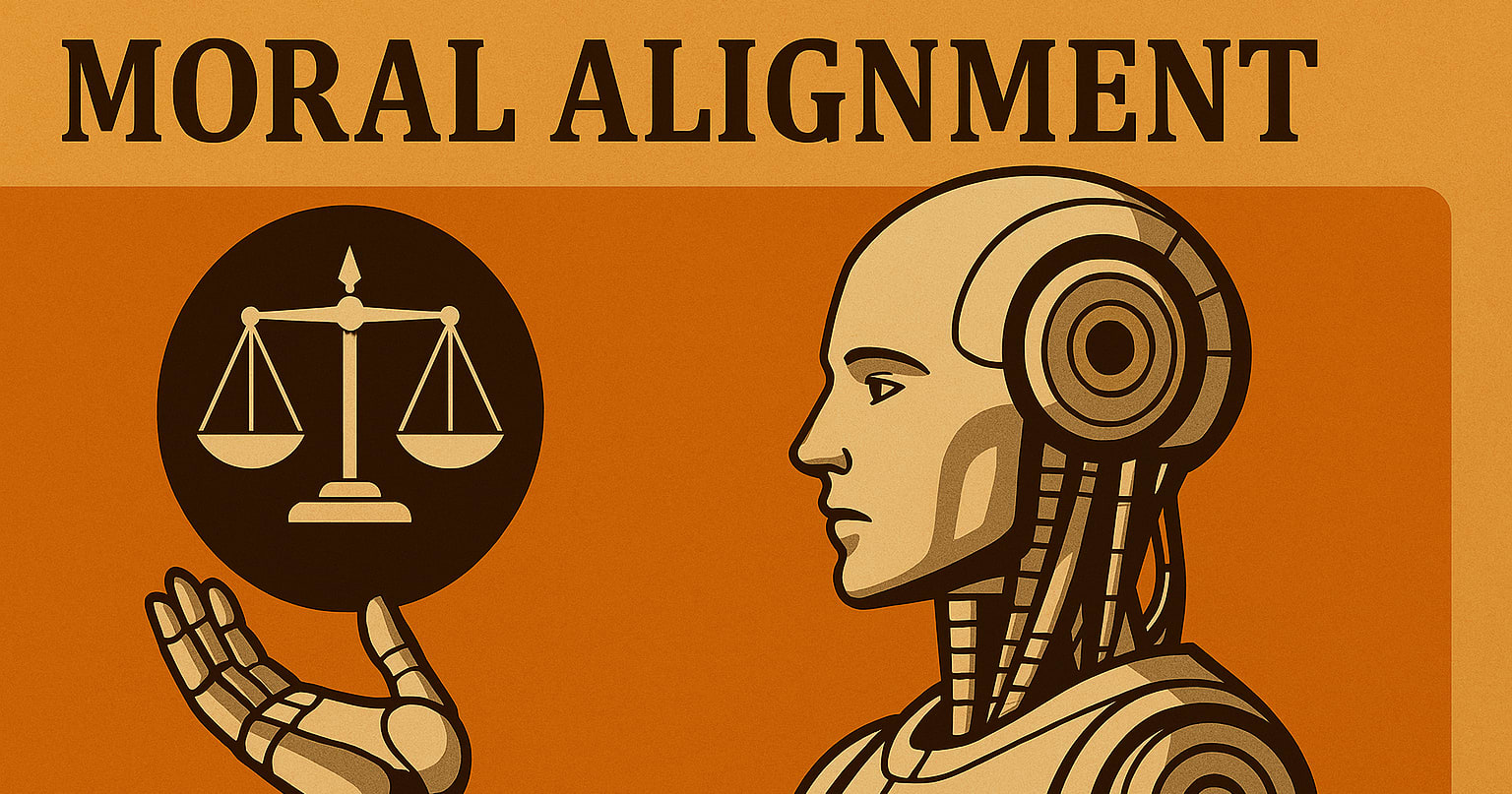Effective altruism often involves tackling complex global problems that require a deep understanding of the systems and dynamics at play.
This is where complexity science comes in. By studying complex systems and their behavior, complexity science can help effective altruists better understand the challenges they are trying to address, and identify the most effective interventions to make a positive difference.
For example, consider the problem of global poverty. This is a complex problem that involves a range of factors, including economic, political, and social issues. Using the tools of complexity science, effective altruists can model the different components of this problem and how they interact, and use that understanding to identify the most effective interventions to reduce poverty.
Complexity science can also help effective altruists anticipate the potential consequences of their actions. Because complex systems can be difficult to predict, it is important to have a good understanding of how they work in order to avoid unintended consequences. By using complexity science to model the potential impacts of different interventions, effective altruists can make more informed decisions and avoid making things worse.
In addition, complexity science can help effective altruists identify the most promising areas for intervention. Many complex systems, such as ecosystems and social networks, have a small number of key "leverage points" where a small change can have a big impact. By using complexity science to identify these leverage points, effective altruists can focus their efforts and resources on the interventions that are most likely to make a difference.
Overall, complexity science is an important tool for effective altruism, helping to provide a better understanding of complex global problems and identify the most effective interventions to address them. By incorporating complexity science into their decision-making process, effective altruists can make a greater positive impact on the world.




Yes, the post is generated by ChatGPT.
It was my first attempt of such a post. I am curious how the community reacts to articles like this. Would you generally say that text generated by ChatGPT would not add much value to the forum (as this one) or do you see possible ways how CHatGPT can be useful in this context (like asking it to add examples)?
I would love to hear your opinion on this as I would like to further experiment with ChatGPT.